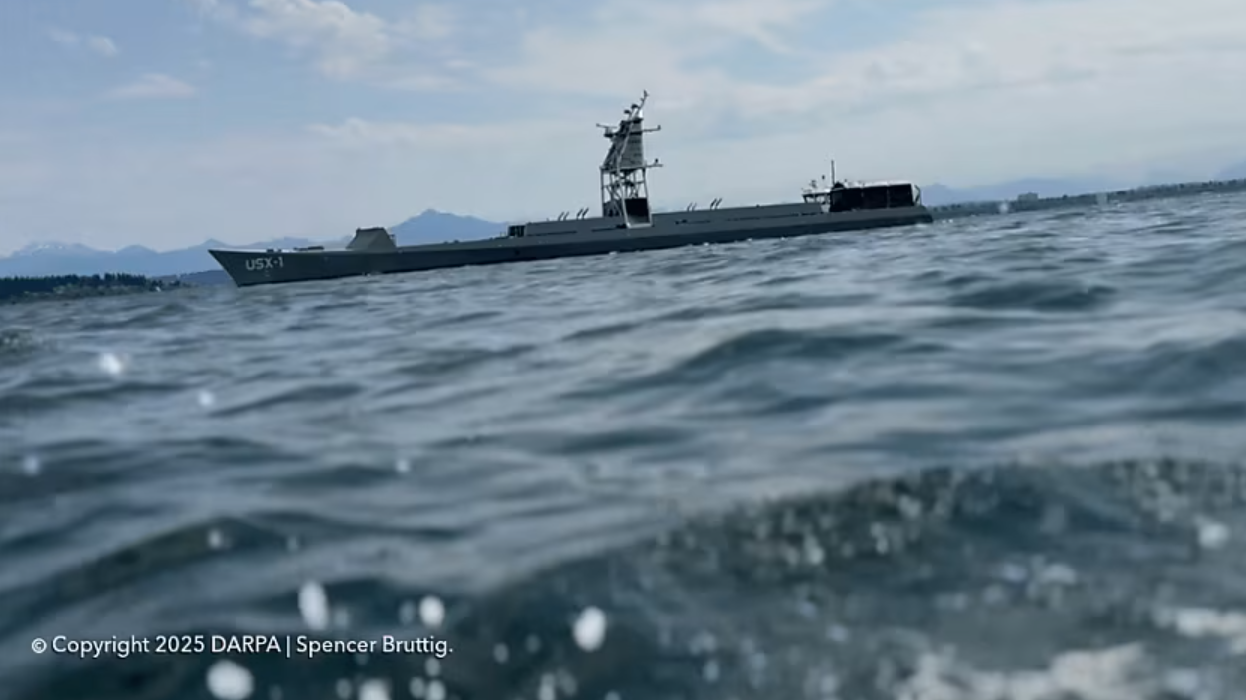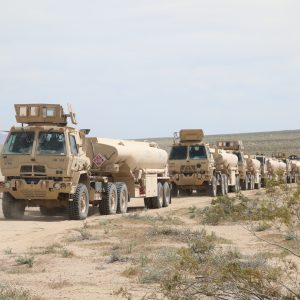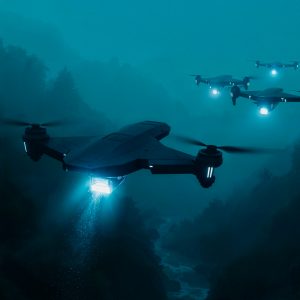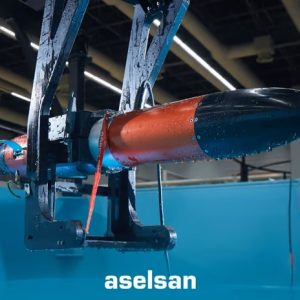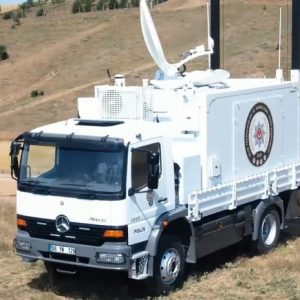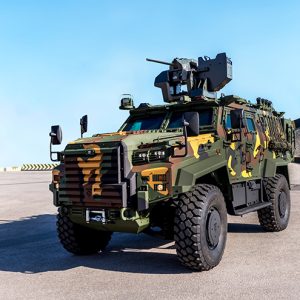DARPA Launches USX-1 Defiant Autonomous Vessel
The US Defense Advanced Research Projects Agency (DARPA) has officially launched the USX-1 Defiant, a 180-foot, 240-metric-tonne fully autonomous demonstrator vessel, under its ambitious No Manning Required Ship (NOMARS) program. The milestone event took place on 11 August at Everett Ship Repair and signals a paradigm shift in naval warfare and unmanned surface vessel (USV) design.
A New Era in Naval Autonomy
DARPA director Stephen Winchell described the Defiant class as “cost-effective, survivable, manufacturable, maintainable, long-range, autonomous and distributed platforms”. The ship is built without any crew facilities, freeing space for systems that improve hydrodynamics, range, and survivability. This approach also reduces production complexity.
Program manager Greg Avicola said Defiant can operate in sea state five without performance loss and survive harsher conditions. He noted that the vessel is “no wider than it must be to fit the largest piece of hardware”, removing the need for human passageways.
Strategic Significance for the US Navy
Following a multi-month sea trial, Defiant will join the US Navy’s Unmanned Maritime Systems Program Office (PMS 406). It will be the Navy’s first fully autonomous Medium Unmanned Surface Vessel (MUSV). This aligns with the $2.1 billion approved by Congress in July for MUSV development, procurement, and integration.
Serco, the prime industry partner, views the vessel as a global benchmark for uncrewed maritime systems. Peter Behrendt, Serco Asia-Pacific managing director, noted the technology’s applicability beyond the US Navy, particularly in Australia and New Zealand, where defence forces are advancing autonomous maritime capability adoption.
Industrial and Geopolitical Impact
The Defiant program could unlock new industrial capacity for American shipbuilding, creating a replicable model for allied navies. By reducing cost and risk, the design enables scalable production of vessels capable of operating in contested waters without endangering human sailors—a critical advantage in high-threat maritime environments.
Serco Group CEO Anthony Kirby described the launch as a “watershed moment” in naval ship design, marking the first purpose-built warship conceived entirely without human crew in mind. This leap forward aligns with global defence trends, where autonomous and distributed systems are becoming integral to fleet composition in response to geopolitical tensions.
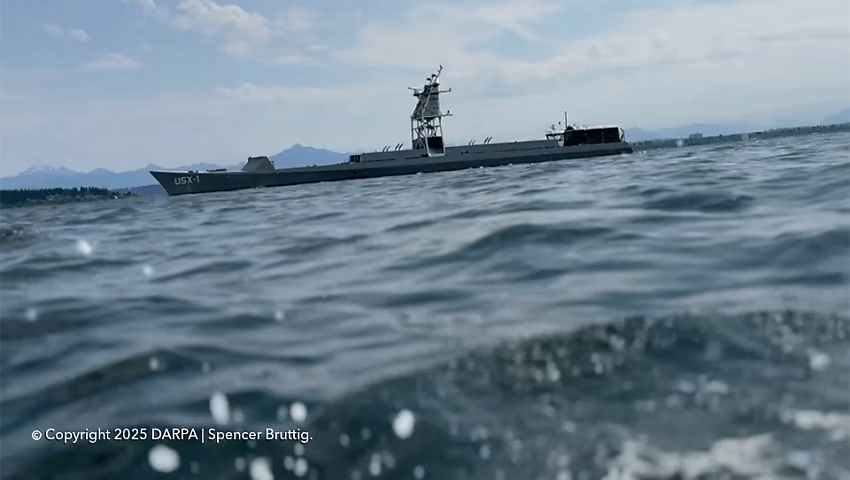
Once operational data is collected, DARPA and the Navy aim to integrate NOMARS-derived technologies across multiple vessel classes. This could accelerate allied interoperability, enhance maritime situational awareness, and reshape blue-water naval doctrine for the next generation.
Related Developments
The US Navy has been steadily expanding its USV programs, including hybrid-manned platforms like the Sea Hunter and Ranger. However, Defiant’s fully unmanned design represents a decisive step toward the envisioned autonomous fleet, capable of distributed operations in the Indo-Pacific and beyond.
For additional background on US Navy autonomous initiatives, see our coverage on AI and data strategy for naval operations. For more on DARPA’s NOMARS program, visit the official DARPA NOMARS page.
Conclusion
The USX-1 Defiant is more than a technological demonstrator; it is a strategic signal of intent. By fielding a purpose-built, crewless warship capable of sustained operations in challenging sea states, the US Navy positions itself to lead in the global race for maritime autonomy. The implications for ship design, naval doctrine, and allied force integration are profound, and the lessons from Defiant will likely ripple across the defence sector for decades.

